A note from Brenda: This guest blog is from Kathy Johnson, who asked me early last year if I might like to participate in this organization. I couldn’t go as an on-the-ground participant but I did elicit the support of my quilt guild, the Huron Perth Quilters Guild, for any supplies that they could contribute. Kathy was looking for cottons, flannels new and used, thread, and any other sewing supplies. The guild was very supportive and by May of 2017 I had collected several bales of supplies. In October the group was off, and the rest is documented here.
Building Skills to Create Sewing Co-ops
My name is Katherine Johnson. I want to thank Brenda for inviting me to write a guest piece for her blog! It’s my pleasure to share with all of you a project I have been a part of for the past two years.
Each October since 2010, a group of women from Canada has traveled to Managua, Nicaragua to teach sewing to groups of Nicaraguan women. Membership in the group changes over the years, but one thing remains constant: the Canadian women travel with enthusiastic energy to share a love of sewing and the Nicaraguan women respond with equal enthusiasm. The sisterhood that develops is truly wonderful.

Getting ready
Planning for the trip begins months before the Canadians fly south. The team in Nicaragua chooses a church group that will benefit from the program. Meanwhile, following a curriculum that has been developed and refined over the years, kits are prepared for each sewing project using material and thread donated by caring individuals in Canada. We also create a sewing kit with basic supplies for each woman, including necessities like scissors, thimbles, seam rippers, needles, and pins, among other things.
Travel to Nicaragua
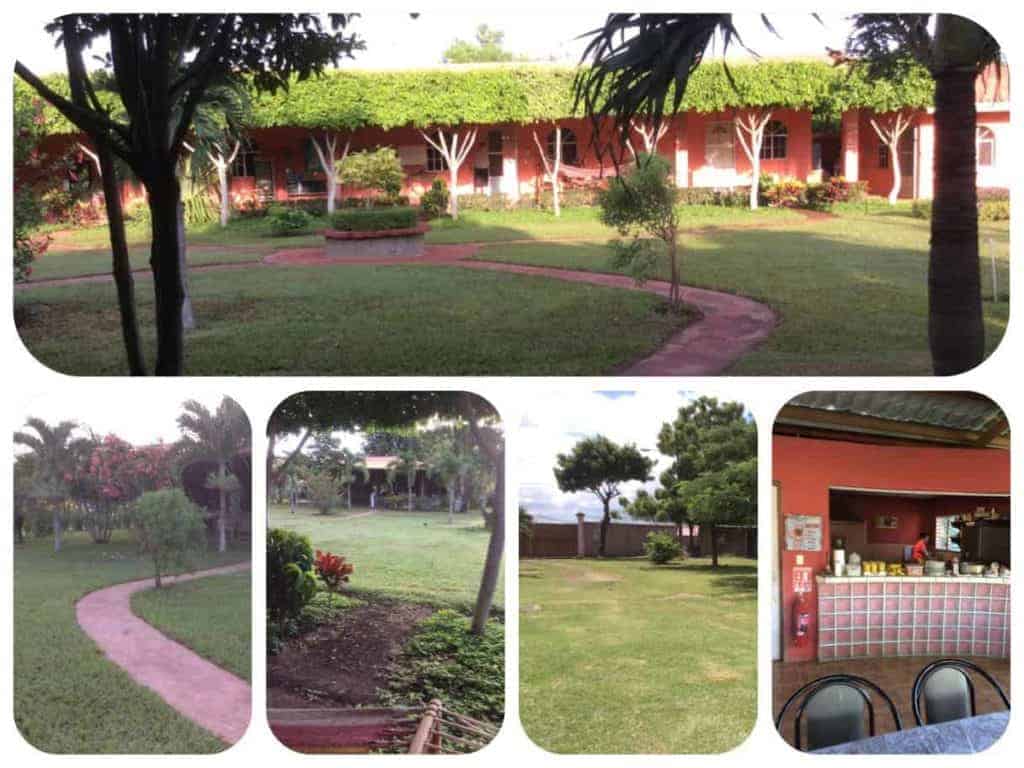
Avianca airlines flies us safely from Toronto to Managua and from the airport we head to a beautiful gated compound near Managua. The first day we unpack and double check all of our supplies. Then early the next morning, we head out to meet the Nicaraguan women who have graciously invited us into their church.
Sewing projects
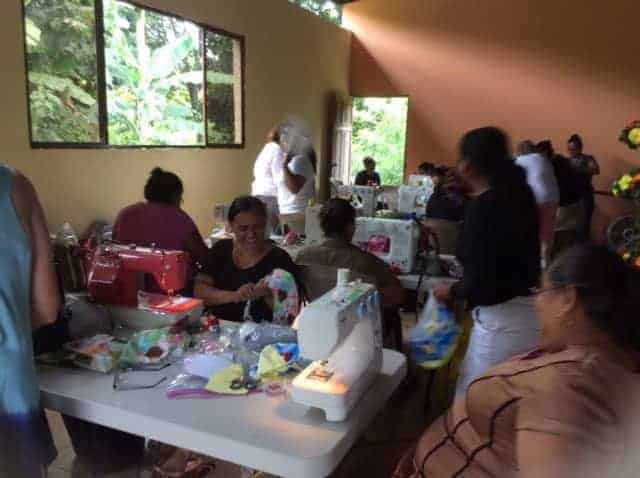
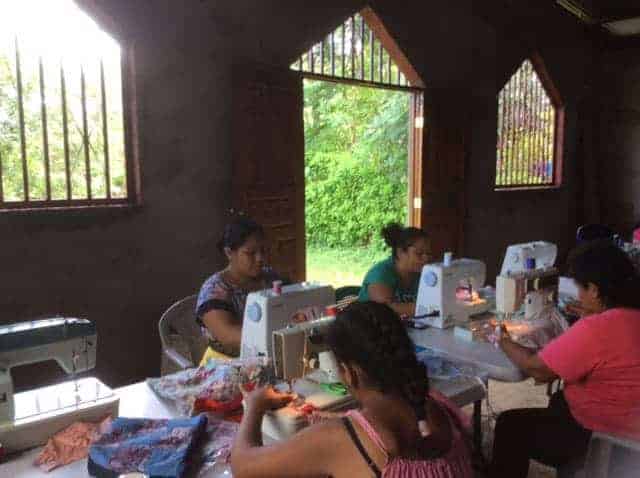
Once we have settled in, we begin with teaching the basic fundamentals of sewing machine use before moving on to the sewing projects.

Each project is designed to teach specific skills. As the days unfold, the skills are practiced and hopefully perfected.
Strip quilt
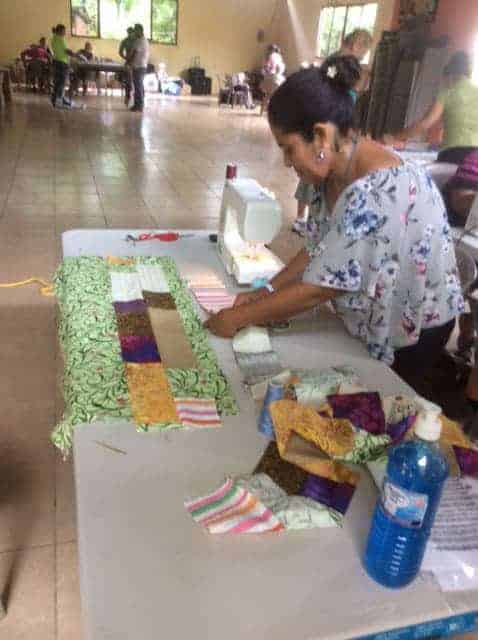
This first project is a strip quilt – although quilt batting is not needed in Nicaragua as they are blessed with warm weather year round. The straight seams in the quilts reinforce the need for proper seam allowances and the finishing steps stress the need for careful top stitching.
Pyjamas
The next day we introduce pyjamas. French seams, use of bias binding, the creation of elastic casing and finishing with rolled hems are some of the skills stressed with this project. These skills come in handy on day 3 when the women learn to make my personal favourite, pillow case dresses! Again, bias binding and careful creation of elastic casings are practiced and most of the women choose to add pockets. The Nicaraguan women work creatively with lace and beads donated by caring Canadians.
Diapers

Then we move on to the diapers, using both new flannelette and used flannelette sheets in the absorbent padding. Pins rust in the humid Nicaraguan climate, so the diapers are designed with tabs and ties. The diapers introduce so many helpful techniques!
Sunhats
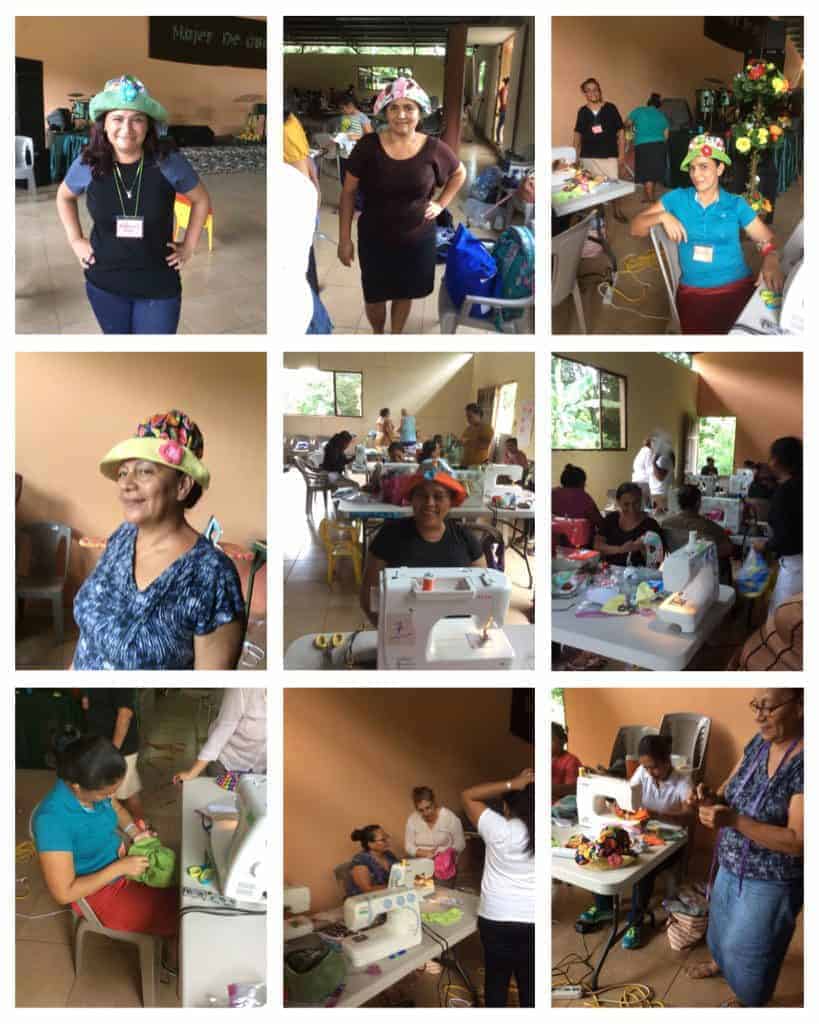
Sunhats are next. Creating the brim, easing around a circle, matching triangle shapes to create the crown – again, the sewers practice the skills gained in the preceding projects and they learn new and useful skills. The last project is a lined tote bag with pockets and a tab that closes with a button. On this day only some of the pieces in the kits are precut. The sewers choose coordinating fabrics and learn to lay out a pattern and cut the fabric. The project reinforces many of the previous skills and introduces the button hole.
The goal is a sewing co-op
Throughout the program, the team leaders from the Canadian and Nicaraguan teams meet. Since the ultimate goal is to help the Nicaraguan women set up their own sewing co-op, discussions are held about the logistics of setting up a business. As part of the program, the Canadians provide sewing machines, tables, fabric and other sewing supplies.
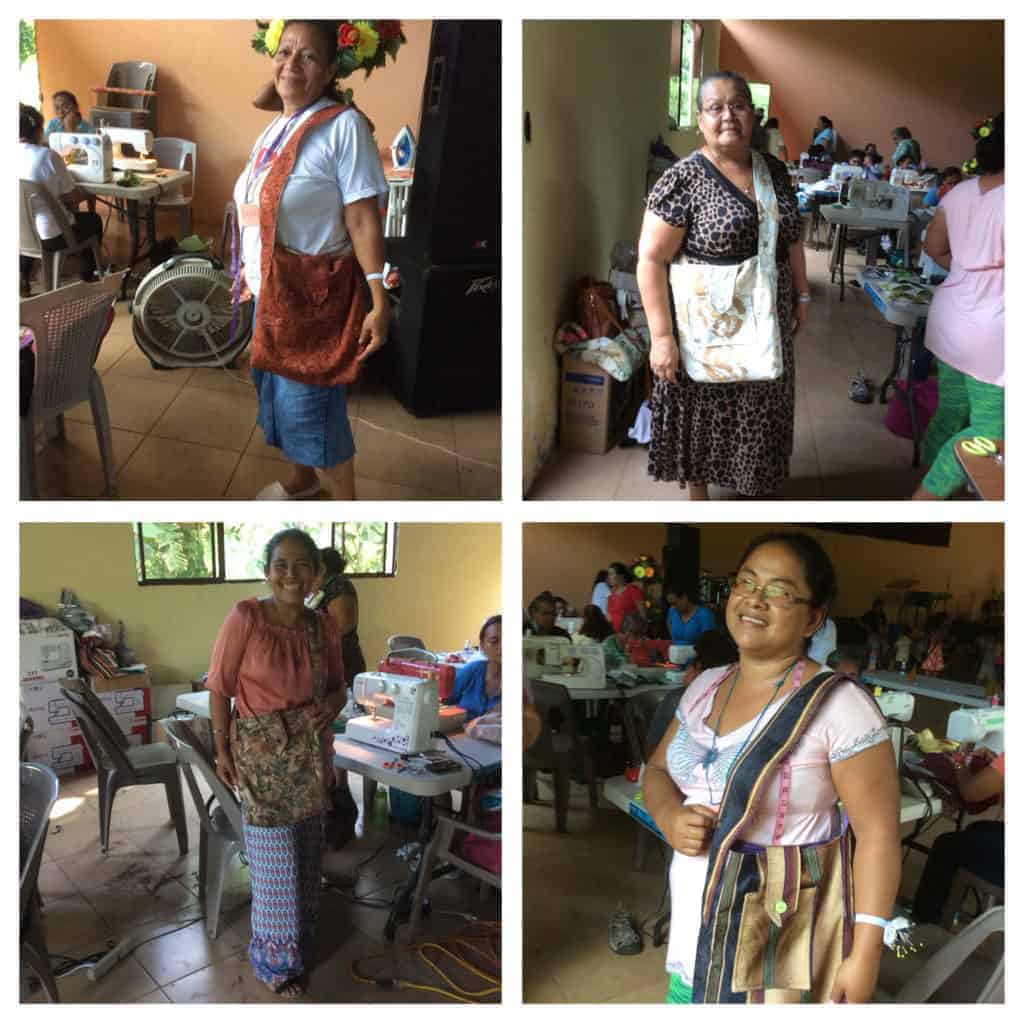
To “pay” for these things, the new co-op is asked to undertake a sewing project that they can donate to their community. In 2017, the group from Ticuantepe chose to make 50 tote bags. The local church leader, Pastora Doris, explained that they plan to give these to new mothers as they leave the hospital as many of these mothers only have a plastic bag to carry the things they need for their new baby. What a wonderful way to celebrate the birth of a new child!
After we leave
A smaller team meets with the leaders and sewers of the established co-ops groups to provide advice as needed. They also teach more advanced sewing skills. Projects are also shipped North to be sold in Canada as part of a travelling store.
In the past, used sewing machines have been shipped from Canada to their new home in Nicaragua. The cost of shipping has become prohibitive, so the decision has been made to fundraise in Canada to purchase new machines in Nicaragua. There are other advantages to this change. The new co-op starts out with new machines that are under warranty and come with manuals printed in Spanish. We are also supporting a Nicaraguan business.
Other things that happen while we are in Nicaragua


So, the sewing keeps us quite busy but I should mention the other 3 activities that take place at the same time.
- A small team of knitters and crocheters travels with us and they teach the basics of these skills to anyone who would rather create with yarn.
- This year, we were thrilled to offer milk bag mat weaving to the group in Ticuantepe and we plan to continue offering this skill as well.
- And very importantly, an energetic team offers a children’s program so that the mothers can learn without worrying about childcare.
Thank you, Brenda, for featuring this important program on your blog, and for your donations of supplies for past missions.
Leave a Reply